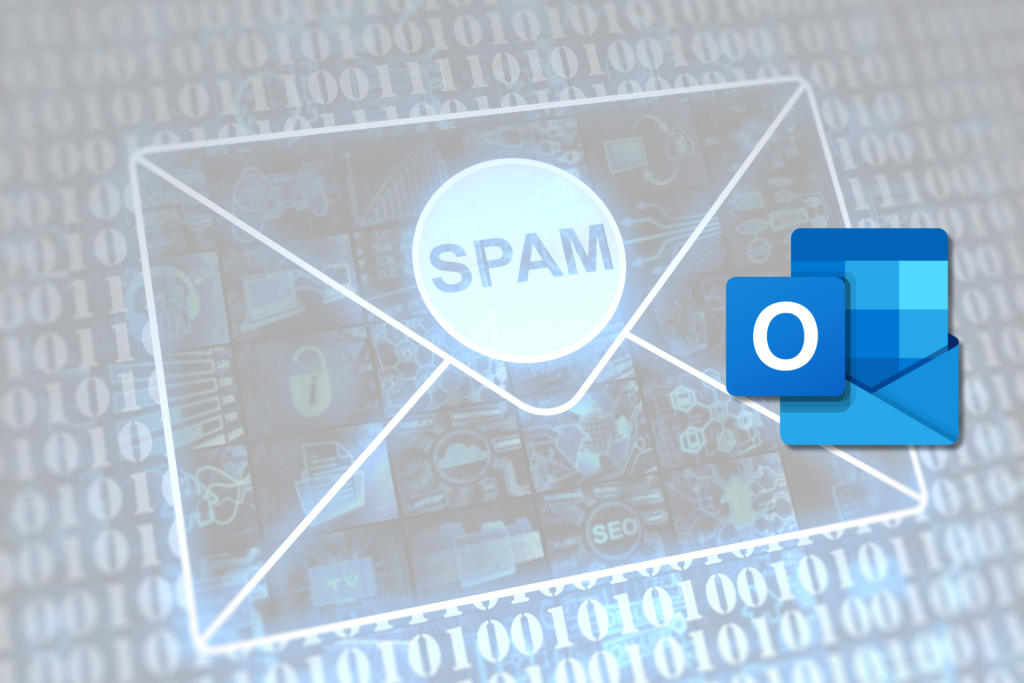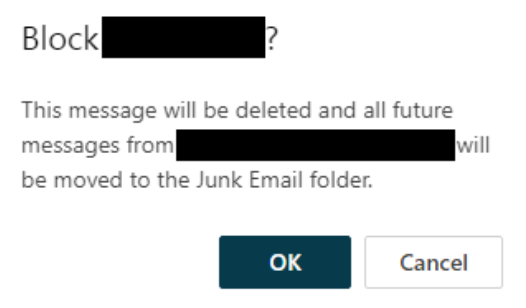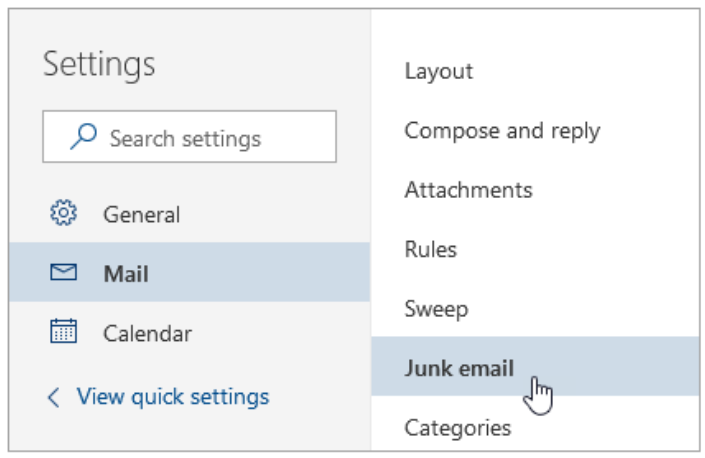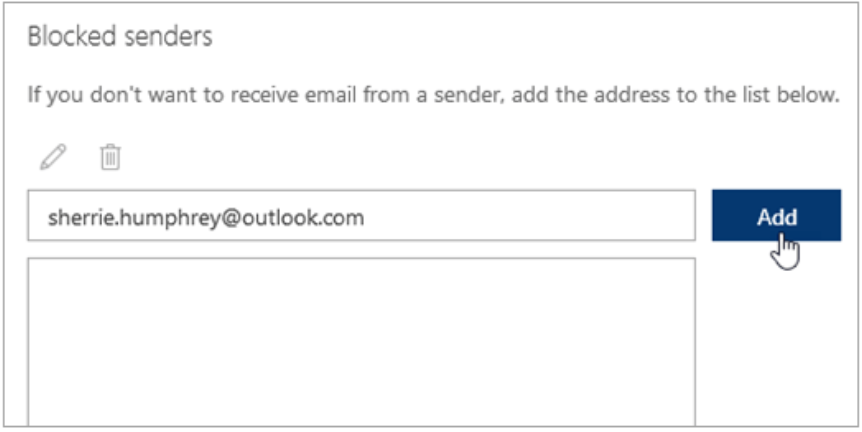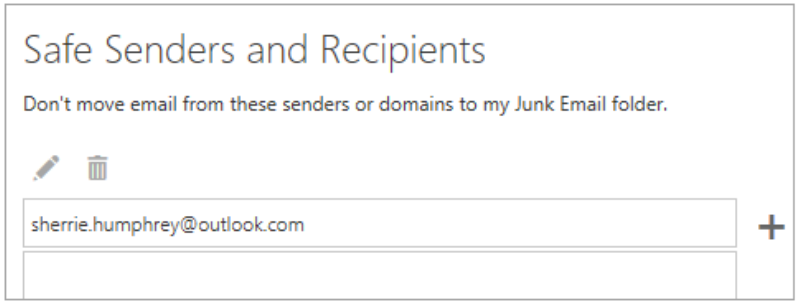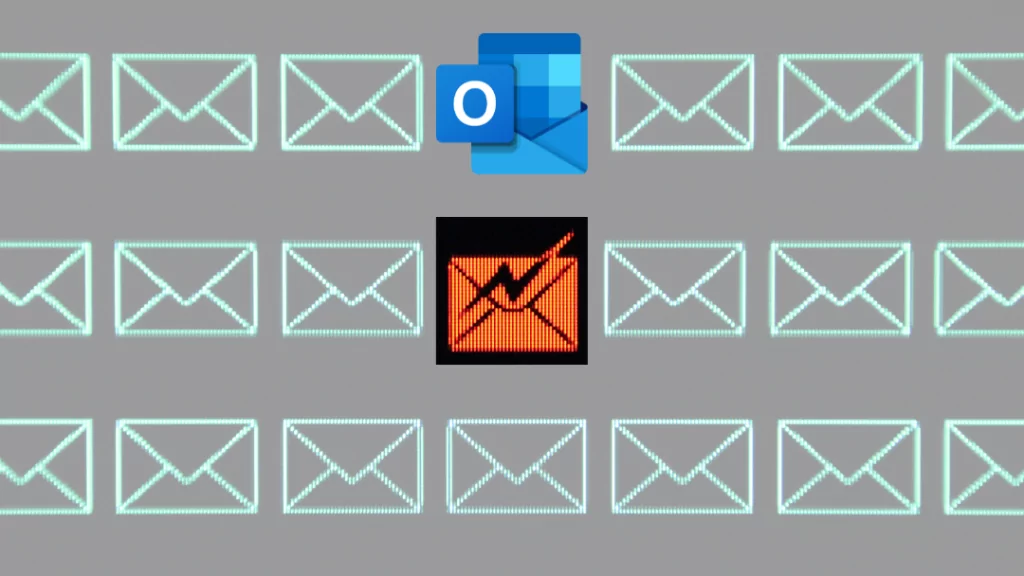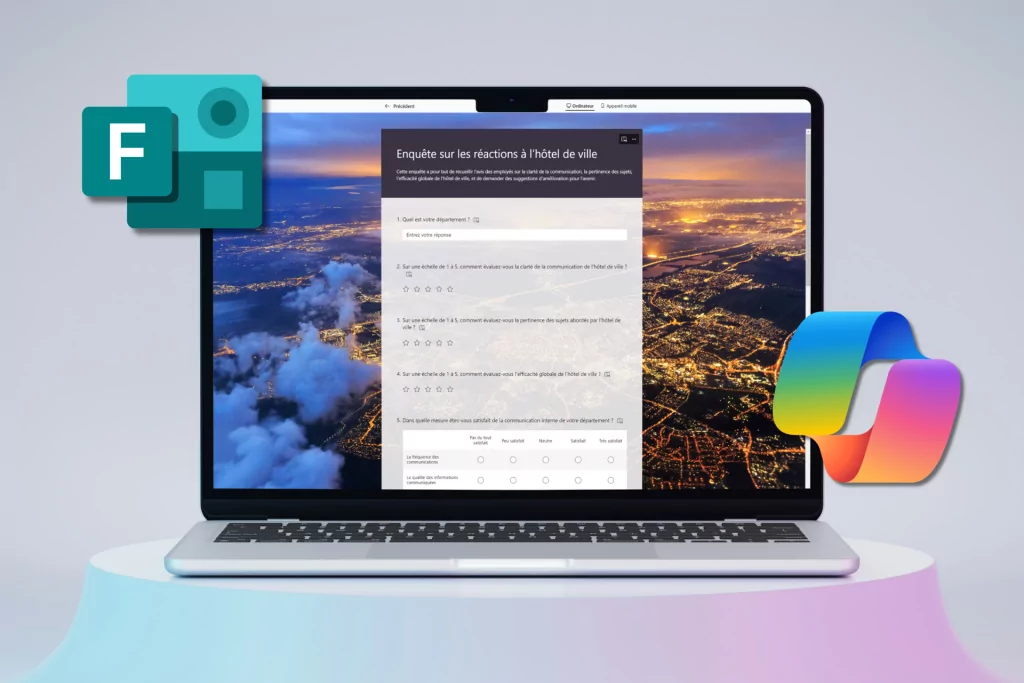Unwanted e-mails, also known as spam, can be a major nuisance in your inbox. On an organization-wide scale, they can not only reduce your productivity, but also have an impact on your security. In today’s increasingly cyber-threatened world, it’s crucial to recognize that spam is not only a source of irritation, but also a potential gateway for more insidious attacks, such as phishing. Fortunately, Outlook offers features to effectively block these unwanted messages.
Let’s take a look at 5 key steps to keep your inbox clean, tidy and secure. By following these steps, you’ll be able to strengthen your cybersecurity posture while preserving your productivity and peace of mind.
Steps to block spam emails on Outlook
Step 1: Access your inbox
Open your Outlook application and log in to your account.
Step 2: Select spam e-mail
Open the email you want to block. Make sure it’s a spam email you no longer want to receive.
Step 3: Block the sender
- In your inbox, right-click on the spam email. A toolbar will appear.
- From the top toolbar, select Junk > Block sender. A confirmation window may appear, asking if you are sure you want to block this sender. Confirm your choice if necessary.
Step 4: Check blocking parameters
To ensure that the sender has been blocked correctly, and to manage your blocking settings:
- Click on the “Settings” icon (represented by a cogwheel) in the top right-hand corner of the Outlook window.
- Select “Mail” from the left-hand menu, then “Junk email” from the submenu
- Here you’ll see a list of senders you’ve blocked. You can also add senders to block or delete existing senders if necessary.
Step 5: Manage advanced blocking settings (optional)
If you wish to further refine your blocking settings, you can configure more specific rules for managing unwanted email.
- In the same “Junk Mail” section of the settings, you can access the advanced blocking options.
- You can add/remove safed senders and recipients to prevent them from being moved to your junk email folder, you can also add filters to trust only emails from addresses in your safe senders and domains list in addition to trust email from your contacts and, finally, you can also require your authorization to send a report of a reporting phishing or junk.
Spam and phishing
Keep in mind that spam e-mails may turn out to be phishing attempts. If in doubt, the best advice you can take is not to click on any of the links in the e-mail!
If you’d like to learn more about phishing, MS Solutions suggests two articles on the subject:
In a business context, phishing remains the tactic most frequently used by cybercriminals in data breaches (Verizon, 2020). As a result, it’s vital to guard against the growing risk by investing in state-of-the-art solutions such as continuous phishing simulation.
In short
By following these steps, you’ll be able to effectively block spam e-mails in Outlook, helping you maintain a clean inbox, but also reducing the distractions caused by spam. Microsoft Defender is also a solution to provide your organization with industry-leading security.
Keep in mind that adopting the right gestures will help you strengthen your cybersecurity on a daily basis. So it’s important to start now!
If you’d like to find out more about how to improve day-to-day IT security in your organization, call on our experts to discuss your needs and concerns.
For further ...
To no longer receive unwanted emails, several strategies can be implemented:
- Blocking senders: Use your email features, like Outlook, to block unwanted email addresses. Go to spam settings and add the addresses or domains to the blocked senders list.
- Use of unsubscribe links: If the emails come from newsletters or promotions to which you have subscribed, use the unsubscribe link often located at the bottom of the message to remove yourself from the mailing list.
- Setting up filters and rules: Create rules in your inbox to automatically filter emails containing certain keywords or from specific domains to the spam folder.
- Security software: Consider installing antivirus or monitoring software to protect your inbox from spam and phishing attempts.
By adopting these methods, you can significantly reduce the amount of junk mail in your inbox.
To unsubscribe from all marketing emails, follow these simple steps. First, open an advertising email and scroll to the bottom of the message. There you will usually find an unsubscribe link marked “Unsubscribe” or “Unsubscribe”. Click this link and follow the instructions to confirm your unsubscription.
Next, use your email service features to manage your subscriptions. For example, on Outlook, go to Settings and select “Show all Outlook settings.” In the “Mail” section then “Subscriptions”, you can see all the mailing lists to which you are subscribed and unsubscribe in one click. See the tutorial here.
For more automated management, consider using dedicated tools like Unroll me ou Clean Email. These apps analyze your inbox and allow you to unsubscribe from multiple newsletters with just a few clicks. They offer a quick and effective solution for keeping your inbox free of unwanted emails.
There are several reasons why you receive a lot of spam emails. Your email address may have been compromised in a data breach, often sold to marketing companies or spammers. These actors then add your address to their massive mailing lists.
Another common cause is the use of your email address to register for various online services, forums, or contests. These sites often share their databases with third parties.
Spammers also use bots to generate combinations of email addresses or to retrieve addresses publicly displayed on the internet.
To reduce the receipt of spam, consider:
- Use disposable “email addresses” for temporary registrations.
- Do not display your email address in plain text on social networks or forums.
- Activate and configure anti-spam filters in your email.


